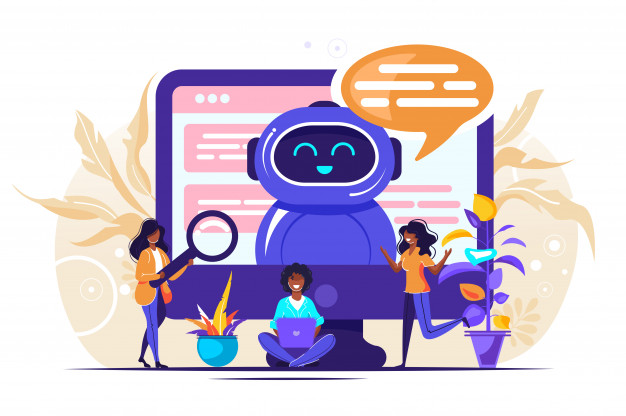
Artificial Intelligence is like the knight in shining armour for many industries. These days everyone wants to integrate new and trending technology into their business so they can deliver the best service to their customers.
AI has opened up gates of innovation for every sector to produce more dependable and insight-based results. But for some, especially marketers, it is still difficult to adapt to this new-age way of operating business. It is not like they are unaware of its capabilities, but they are more concerned about the obstacles that come along with it.
Every lock has a key
Asjad Alam
With this thought in mind, let’s discuss some main challenges faced by marketing industry in adopting Artificial Intelligence tools and techniques and what can be their possible solutions.
Inadequacy of IT Infrastructure
The amount of data AI driven companies hold is tremendous. In order to manage and filter that, an organization needs strong IT infrastructure support. These high performing hardware can be expensive to set up and run. They’ll likewise reasonably require successive updates and maintenance to guarantee their smooth functioning. This can be a critical hindrance, especially for more modest organizations with a slightly more humble IT spending plans.
So what is the solution?
The companies which can afford are doing great but for those who find the set up expensive can shift to cloud based solutions. Cloud programming sellers provide all the IT framework and workers are expected to run AI programming in return for a moderate expense. These cloud administrations are the undeniable answer for organizations with inadequate IT foundation to work in-house systems.
Absence of Trust in AI
Artificial intelligence is a relatively new innovation that is, to some degree, complex. This implies that the overall population (and surprisingly specialized representatives who are not prepared to manage AI operations on their own or are not trained in the field) can be dubious of it. Popular media unquestionably doesn’t help in such a manner with most fiction films utilizing a “Bots are the future” storyline to imply that, as humans, we should be careful about the abilities of man-made reasoning and AI technology.
Obviously, the truth is altogether different from science fiction yet organizations need to be careful when utilizing AI programming when specific applications don’t appear to be excessively accurate or human. Has it ever happened to you that you think about a product and the next thing you are seeing is an ad on Instagram about the same product? Sometimes this kind of arrangement can make users skeptical. They might lose interest and some might even find it creepy if the system knows them just too well.
What can be the solution?
Transparency can go far towards expanding customer trust in AI innovation. By clarifying how these calculations use client information to settle on their choices (and when and where the client gave this information) the “discovery” obscurity of AI programming is eliminated, assisting with expanding client trust and certainty.
For instance, Twitter has provided this facility on the app. Whenever you see an ad you can inquire “why am I seeing this ad” and see the results.
Absence of Data/Poor Data Quality
Man-made intelligence benefits from great information. Lacking measures of information or low quality data will prompt helpless outcomes from the AI programming. As we move towards a Big Data world, organizations are gathering an expanding measure of information. Notwithstanding, this information is some of the time not the right sort of information expected to drive a fruitful AI promoting procedure.
So, here is the solution.
To solve this problem, stakeholders should ensure that current informational indexes are cleaned and information being gathered is of great importance. Without this significant advance, results from AI-based software can be slanted, which will affect the accomplishment of AI-driven showcasing efforts.
The benefits that AI offers are more than the problems that we might have to face initially. While adapting to any new change in the way we work, some challenges are bound to occur. But the important question is, “Are the challenges outweighing the advantages?”
If the answer is No, then there is no reason to worry about the barriers as look for ways to overcome them instead.

